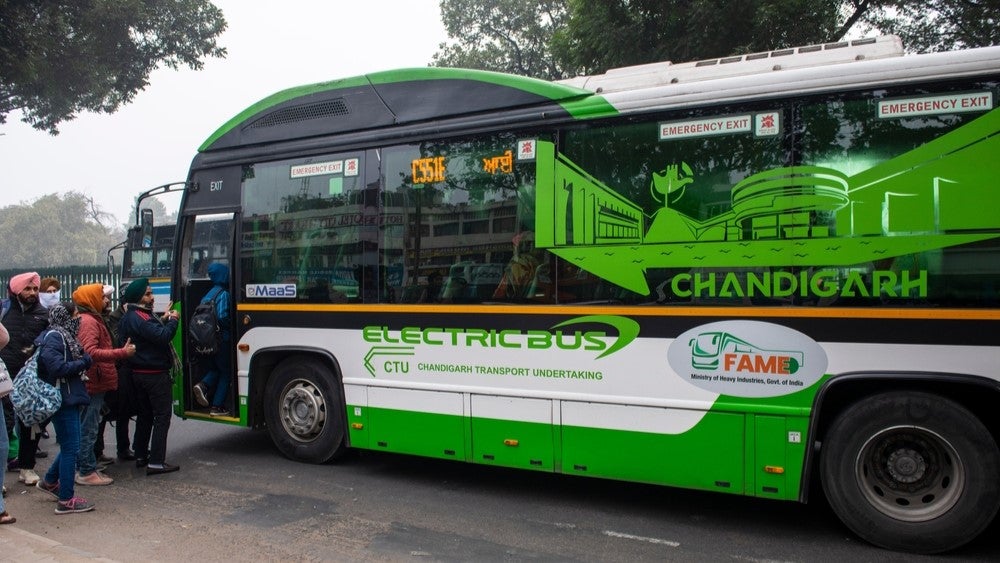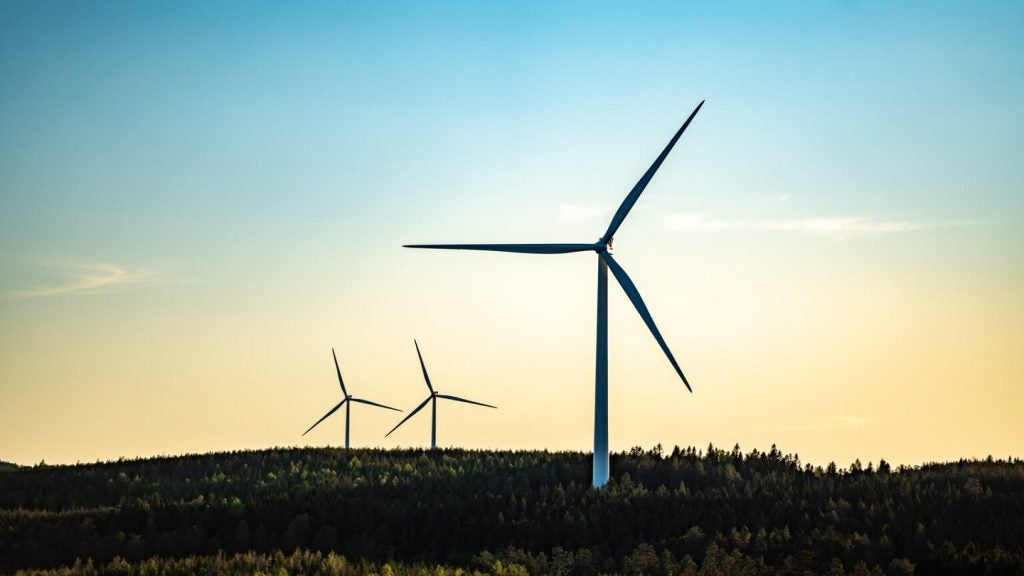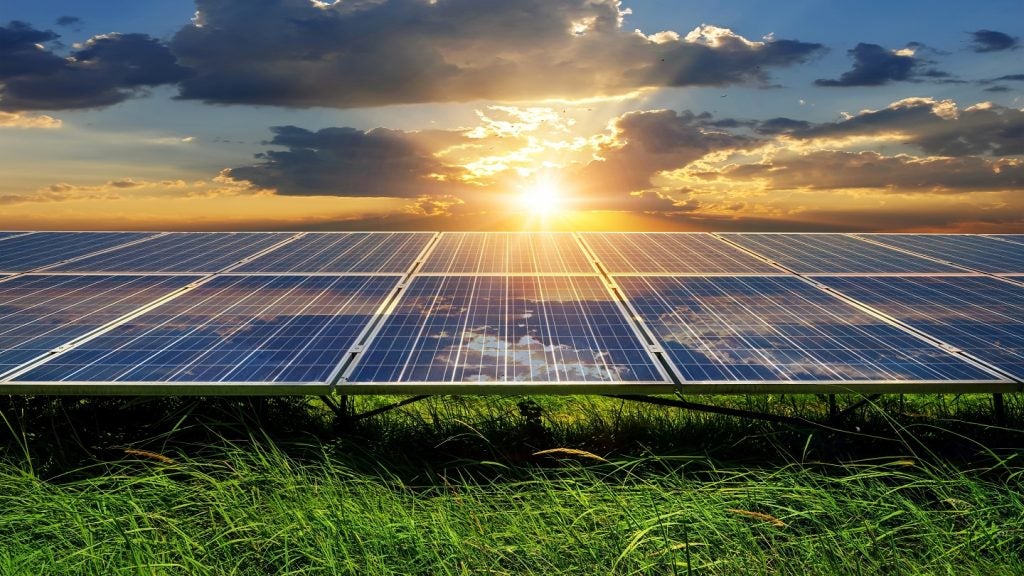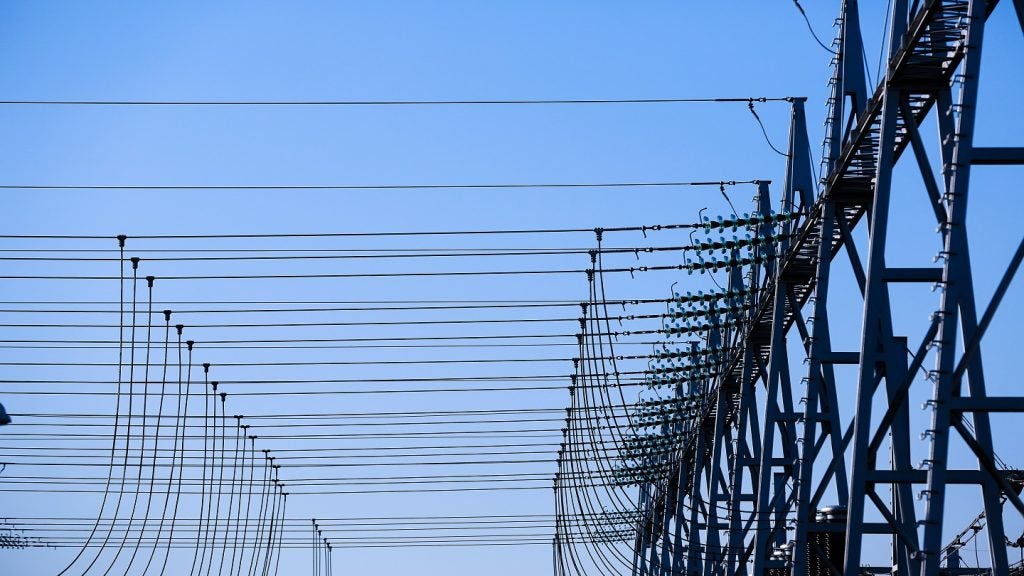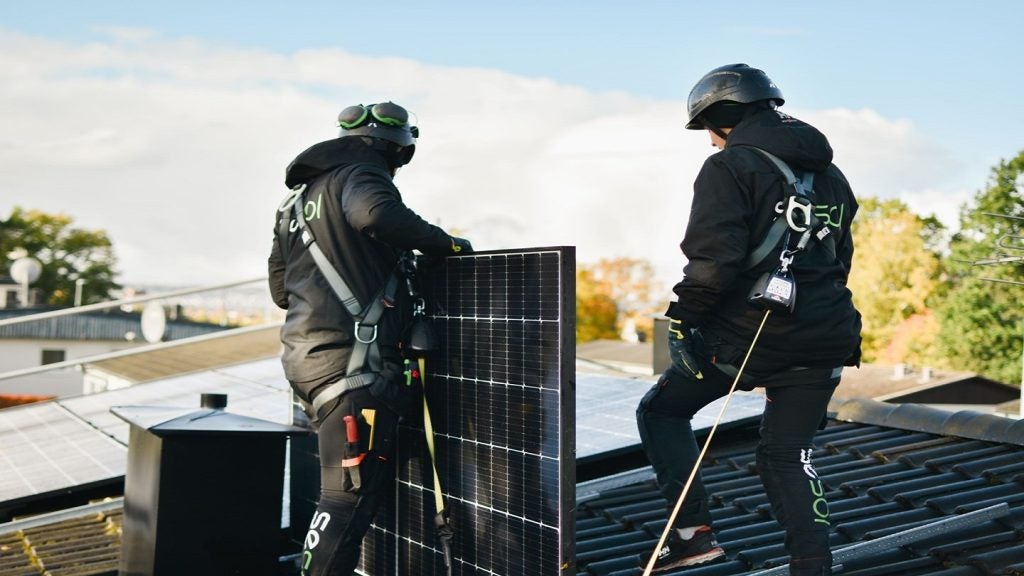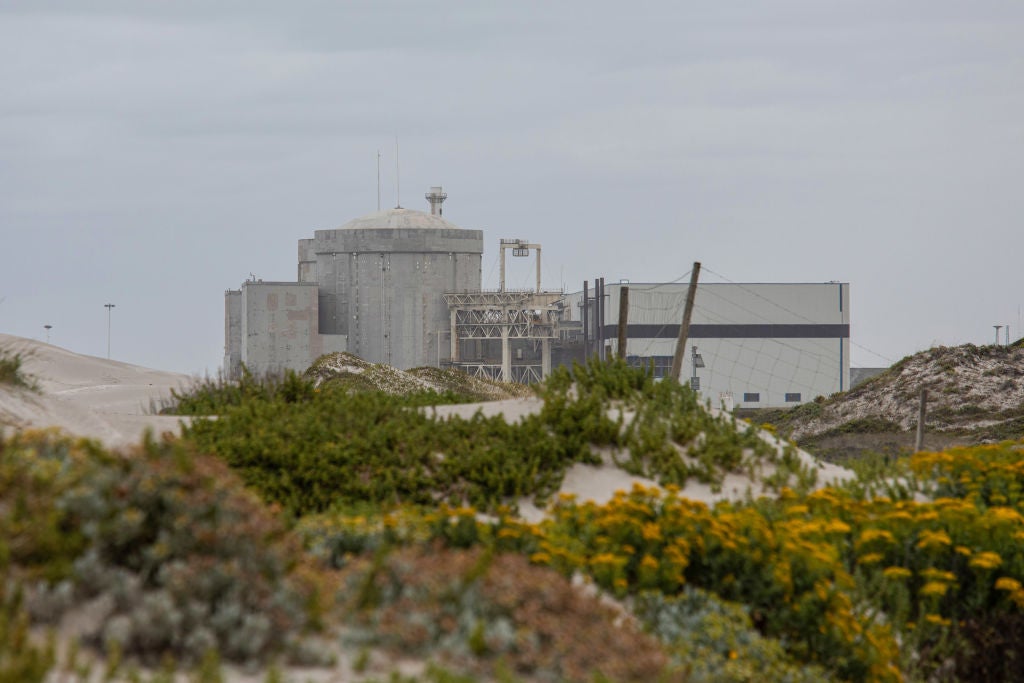India is aiming to roll out 50,000 electric buses across the country by 2027. During a side event at COP28 hosted at the Indian Pavilion, officials from the US and India shared plans for a joint finance mechanism to realize the goal.
The $390m fund will offer loans to manufacturers looking to expand production, mitigating risks for those needing investment. It has been established using $150m provided by the US government and US philanthropic groups along with $240m from the Indian government.
India's government first outlined the goal to deploy 50,000 electric buses in its National Electric Bus Program (NEBP), launched in 2022. However, by May 2023, only 1.25% of the 359,432 registered buses were electric.
Increasing the availability of electric vehicles has been a priority for the Indian government. It has invested in several incentives, including the Faster Adoption and Manufacturing of (Hybrid and) Electric Vehicles in India (FAME India) Scheme.
The scheme was launched in 2015 and is now in its second phase, which is using the designated INR10,000Cr ($1.2bn) to create demand for EVs. As part of this phase, the Department of Heavy Industries (DHI) sanctioned 2,636 charging stations in 62 cities.
Speaking at the Indian Pavilion on Saturday, US Special Envoy on Climate Change John Kerry said: “Electrification in India is one of the biggest opportunities that we have. The faster that India can do this, the more it cuts greenhouse gas emissions and it cuts pollution, it increases India's security.”
The push towards electric vehicles in India has been reflected in hirings across Indian companies. GlobalData, Energy Monitor’s parent company, analyzed data across tracked companies in India, noting a significant increase in hirings in the EV sector.
India has committed to reaching net zero by 2070, and to supplying 50% of its electricity requirements from renewable sources by 2030. The rapid economic growth of the country has posed a potential obstacle to energy transition. It has added new electricity connections for 50 million citizens annually over the last ten years, and the increasing energy consumption has seen India’s annual CO2 emissions rise to the third highest globally.
However, despite adding a city the size of London to its urban population every year, India has overachieved on its commitments so far. It met its COP21 – Paris Summit commitment to achieve 40% of its capacity from non-fossil fuels almost nine years early, and the renewable electricity sector is now the fastest-growing of all major economies.
Our signals coverage is powered by GlobalData’s Thematic Engine, which tags millions of data items across six alternative datasets — patents, jobs, deals, company filings, social media mentions and news — to themes, sectors and companies. These signals enhance our predictive capabilities, helping us to identify the most disruptive threats across each of the sectors we cover and the companies best placed to succeed.


